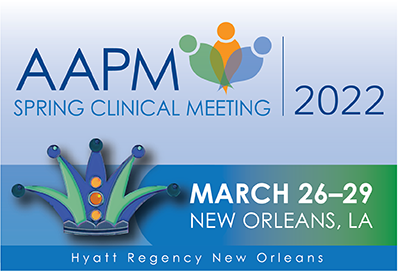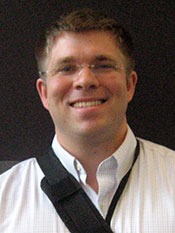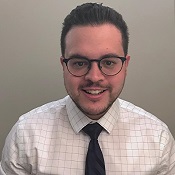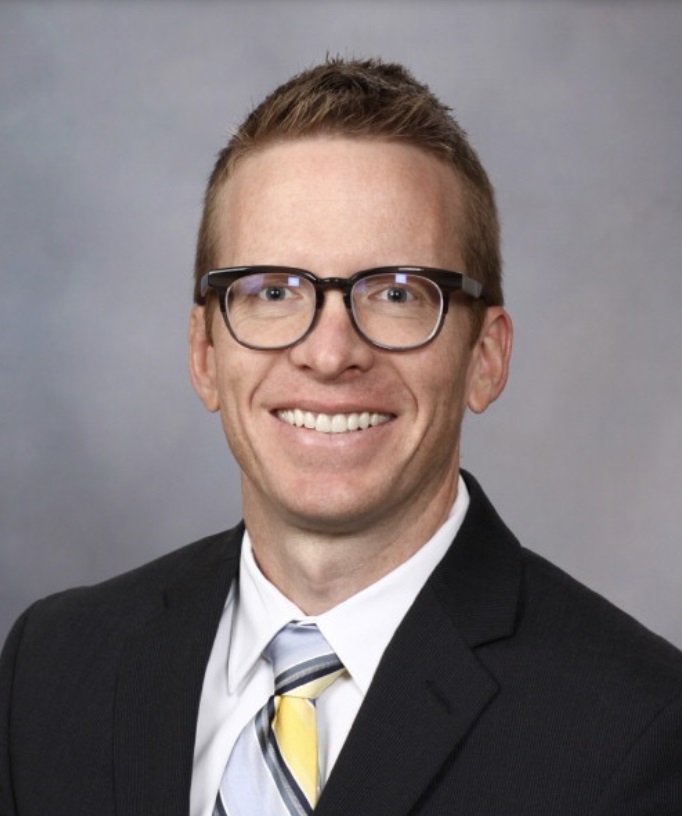Learn From Those Who’ve Been There Before: Clinical Implementation of Procedures and Technologies
D Zheng1*, S Tanny2*, B Ruiz3*, V Ulizio4*, M Grams5*, (1) University of Rochester, Omaha, NE, (2) University of Rochester, Rochester, NY, (3) Beaufort Memorial Hospital (Alliance Oncology), Beaufort, SC, (4) Alliance Cancer Care, Huntsville, AL, (5) Mayo Clinic, Rochester, MN
Presentations
(Monday, 3/28/2022) 10:30 AM - 12:30 PM [Central Time (GMT-5)]
Room: Celestin D-E
Implementation of new procedures and technologies remains a large focus among the practicing clinical physicist. The first presentation within this session will focus on pre-implementation training and clinical evaluation of workflows along with how to leverage commercial consultants to provide insight into a novel product that requires a unique workflow compared to a standard method of simulation and planning. Machine-specific training tools, implementation of encounters and electronic workflow tools, and interfacing with a commissioning team to develop tests specific to the capabilities of an online-adaptive machine will be reviewed. A process in terms of building a technology-specific specialist team within our department, which brought together a dedicated group of therapists, dosimetrists, physicists, and physicians to focus on implementation and potential areas of concern, will also be discussed. In addition, the clinical commissioning and workflow implementation of a few new and coming-back-again brachytherapy procedures will be discussed, including surgically targeted radiation therapy (STaRT) for intracranial brain tumors, intravascular brachytherapy for peripheral vascular disease, etc.
Learning Objectives:
1. Understand advantages of incorporating vendor-recommended experts in new-technology workflow development.
2. Describe tools within common radiation oncology software to help incorporate new technologies into the clinic and reduce errors with standardization.
The Halcyon is a relatively newer machine in the radiation therapy field with unique advantages and disadvantages. This discussion will review clinical implementation of the Halcyon and experience gained in determining how to approach treatment planning and utilization of a ring-mounted linear accelerator. Lessons learned with respect to VMAT and 3D planning will be reviewed. Given the design of the Halcyon lends way to challenges in traditional 3D planning, a strong focus on solutions for select cases, including breast with regional nodal involvement, large treatment fields, and clinical setups will be discussed. In addition, a review of the Halcyon’s daily operations and functionality will shed light on key differences in workflow and patient throughput as compared to a traditional C-arm linac.
Learning Objectives:
1. Understand techniques to handle VMAT and 3D treatments with specific clinical cases on the Halcyon.
2. Gain insight into ability of Halcyon to treat advanced techniques and know its limitations.
3. Learn about the machine’s flexibility when it comes to patient throughput and equipment downtime.
Spatially Fractionated Radiation Therapy (SFRT), often referred to as grid therapy, is the intentional delivery of a highly heterogeneous dose distribution consisting of alternating regions of high dose “peaks” immediately adjacent to low dose “valleys”. SFRT is often delivered in a single fraction where the peak doses range from 15-20 Gy and the valley doses are typically 3-5 times lower. The high focal doses are meant to safely and effectively debulk large tumors while the low dose regions help to limit normal tissue exposure and toxicity. Additionally, the highly non-uniform dose distributions are thought to potentially induce a number of anti-tumor responses but the radiobiological mechanisms involved are poorly understood. Despite only partially irradiating the tumor to high doses, SFRT can be a remarkably effective treatment option resulting in excellent tumor control and regression along with prompt pain relief for patients having bulky and/or radioresistant tumors. The goal of this talk is to describe a “how to” approach for the clinical implementation of various SFRT treatment techniques ranging in complexity from simple static fields using a physical block to more advanced approaches involving VMAT. Advantages and disadvantages of each technique will be presented along with suggested commissioning procedures and clinical workflows.
Learning objectives:
1. To learn how to clinically implement different SFRT treatment techniques.
2. To understand advantages and disadvantages of each technique.
3. To learn “what to look for” when treating patients with SFRT.
Handouts
- 174-60548-15991653-182363-346706601.pdf (V Ulizio)
Keywords
Not Applicable / None Entered.
Taxonomy
TH- External Beam- Photons: Development (new technology and techniques)
Contact Email













